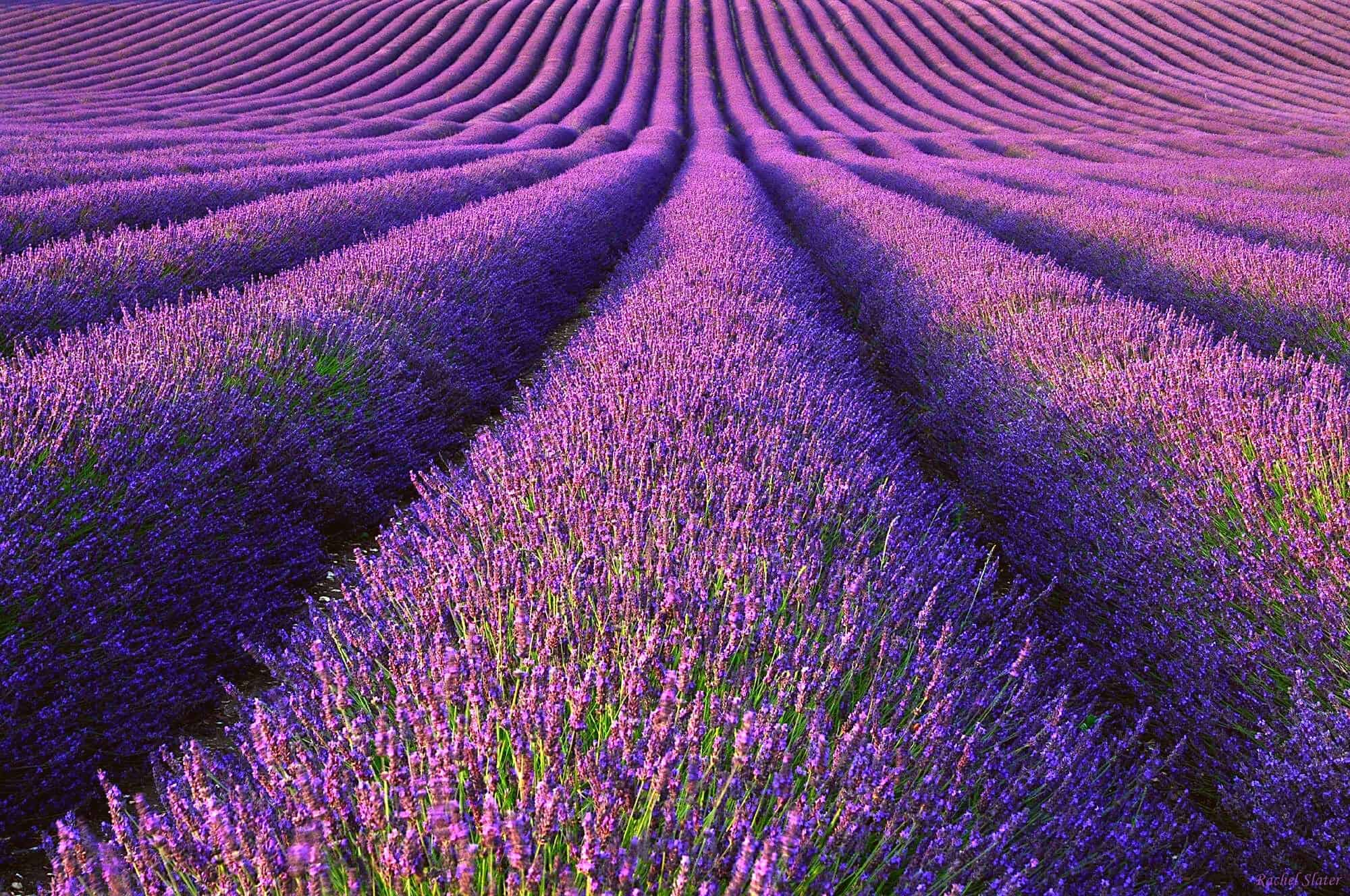Hitchin grew rich on the profits of agriculture, particularly the grain, wool and cattle trades. The wool staplers (the ‘middlemen’ who bought from farmers and then sold on to merchants) did especially well. To give thanks for their good fortune they made significant contributions to the cost of building St. Mary’s Church. Their coat of arms can be seen in the south porch.
The original site of the livestock market was Bancroft, which explains its width. Many of the fine houses overlooking it were owned by the merchants who derived their wealth from it. As late as the 1930s animals arriving by train were driven through the streets to market, by then between Payne’s Park and the High Street, but by the 1980s there was little left to show for what had been the main source of the Town’s wealth.
The most enduring evidence of the former prosperity of Hitchin’s agricultural sector is the Corn Exchange. Opened in 1854 at a time of great confidence and optimism its original function was short-lived. The great British agricultural depression of the late 19th century (caused by cheap grain imports from the American prairies) led to most such exchanges being re-purposed. Hitchin’s has served as a wartime ‘British’ restaurant1, a roller-skating rink, cinema, antique market and night club. It is now the Pitcher & Piano bar.
Another famous Hitchin product is, of course, lavender. Lavender has been grown in the Hitchin area since at least the 16th century. Its medicinal uses saw it become a staple of the famous Perks & Llewellyn Pharmacy which once stood in the High Street. Its beautiful Victorian shop fittings can be seen at North Hertfordshire Museum and at Hitchin Lavender.

